sphagnum moss
bugbite
14 years ago
Related Stories

HOUSEPLANTS8 Essentials for Healthy Indoor Plants
Houseplants add so much to our homes — and can thrive when grown in the right conditions. Keep these tips in mind
Full Story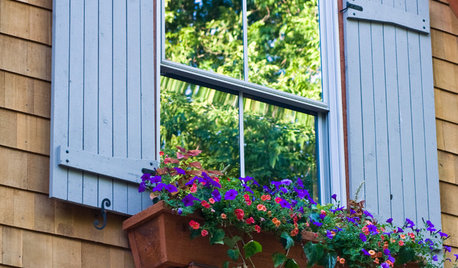
CURB APPEALHow to Make a Window Garden Grow
Get the scoop on materials, installation, plantings and more to bring the charming look of window boxes to your home
Full Story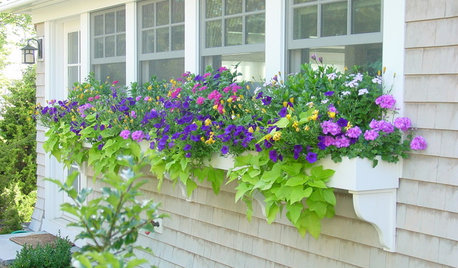
CONTAINER GARDENSChoose Complementary Colors for Dazzling Container Gardens
Red and green, purple and yellow, and blue and orange are opposing pairs that work in perfect harmony
Full Story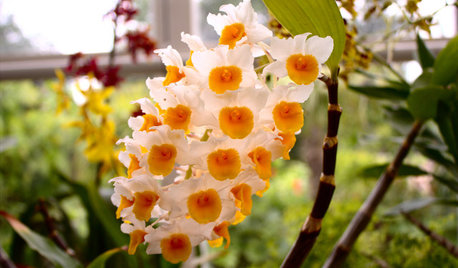
HOUSEPLANTSOrchids 101: Try Something Different With Dendrobiums
If you’re looking for something out of the ordinary, these orchids may be a good choice
Full Story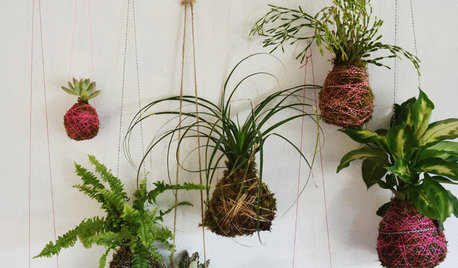
HOUSEPLANTSDIY Project: How to Make a ‘Kokedama’ String Garden
Dig in to create a simple, beautiful Japanese-inspired hanging garden
Full Story
GARDENING GUIDES10 Solutions for Soggy Soil
If a too-wet garden is raining on your parade, try these water-loving plants and other ideas for handling all of that H2O
Full Story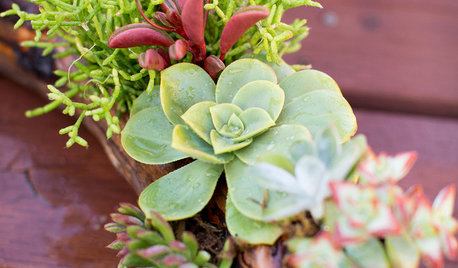
DIY PROJECTSMake a Beautiful and Long-Lasting Driftwood Centerpiece
Add succulents to found wood for an easy arrangement that looks straight from a designer florist's shelf
Full Story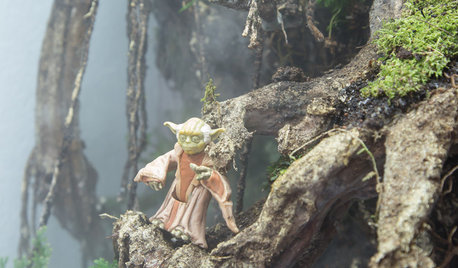
FUN HOUZZThe Force Awakens Under Glass
An Australian terrarium designer places classic ‘Star Wars’ characters in misty miniature landscapes
Full Story
HOUSEPLANTSHow to Grow Orchids Indoors
Orchids are the exotic aristocrats of the flower world and can make themselves comfortable in almost any home
Full Story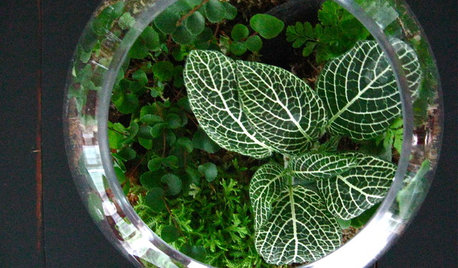
HOUSEPLANTSGardens Under Glass: How to Make Your Own Terrarium
Be the master of a mini ecosystem indoors — the low-maintenance, highly rewarding kind that fits any room
Full Story


bpgreen
Kimmsr
Related Professionals
Glen Ellyn Landscape Architects & Landscape Designers · Harvey Landscape Architects & Landscape Designers · East Patchogue Landscape Architects & Landscape Designers · Concord Landscape Contractors · Cupertino Landscape Contractors · Merced Landscape Contractors · Methuen Landscape Contractors · Rockville Landscape Contractors · Tacoma Landscape Contractors · Woodbury Landscape Contractors · East Norriton Landscape Contractors · Cedar Falls Decks, Patios & Outdoor Enclosures · Midwest City Decks, Patios & Outdoor Enclosures · Norman Decks, Patios & Outdoor Enclosures · Spanaway Decks, Patios & Outdoor Enclosuresstruwwelpeter
bugbiteOriginal Author